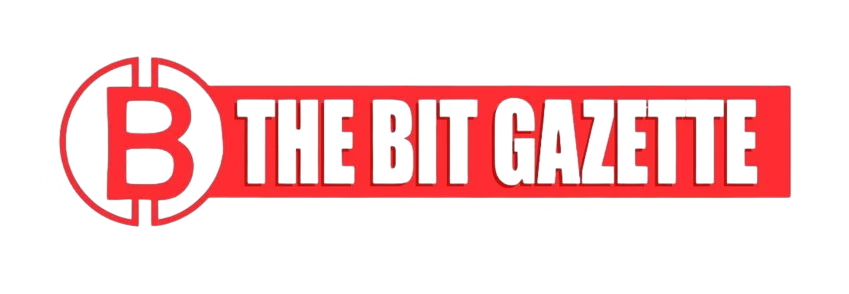The Bitcoin mining industry faces a consolidation crisis by 2028 when the next halving slashes block rewards in half, according to Marathon Digital Holdings CEO Fred Thiel.
In a recent interview, Thiel warned that only miners with access to the cheapest energy or those who produce their own power will survive beyond the halving, describing the industry as “a zero-sum game” where rising hashrate and energy costs are squeezing profit margins to unsustainable levels.
Rising Energy Costs Threaten the Bitcoin Mining Industry
The Bitcoin mining industry has faced immense pressure from surging global energy prices, increasing competition, and declining profitability. Thiel emphasized that energy efficiency is now the decisive factor separating winners from losers in the mining race.
“Those who can’t secure low-cost, renewable, or self-generated energy will struggle to remain profitable,” Thiel warned.
His comments echo the growing sentiment among analysts that the Bitcoin mining industry is nearing a critical consolidation phase.
Prominent mining operations are already shifting their focus to alternative sectors such as artificial intelligence (AI) and high-performance computing (HPC).
“We’re seeing hardware manufacturers and miners pivot to AI because customers aren’t buying as many rigs,” Thiel explained.
Thiel pointed out that the global hashrate—the total computing power dedicated to securing the Bitcoin network—has been surging relentlessly. This rise, he said, is eroding profit margins for smaller miners.
“When large manufacturers like Tether or Bitmain operate their own mining businesses, they can absorb costs others can’t,” he noted.
Blockchain researcher Colin Harper from Luxor Technologies confirmed this trend, stating, “The global hashrate is up nearly 60% year-over-year, which puts enormous pressure on less efficient miners.”
2028 Halving Could Reshape the Bitcoin Mining Industry
The Bitcoin mining industry is bracing for another major disruption: the 2028 Bitcoin halving. This event will slash block rewards from 3.125 BTC to roughly 1.5 BTC per block, drastically reducing miners’ income.
“If transaction fees don’t increase or if Bitcoin’s price doesn’t rise by at least 50% annually, many miners could find themselves unprofitable,” Thiel cautioned.
He explained that Bitcoin was designed with the expectation that transaction fees would eventually replace block subsidies, but that shift “hasn’t materialized yet.”
Crypto economist Alex de Vries from Digiconomist added that “after 2028, mining could become economically unsustainable for smaller operators, especially those tied to high-cost energy grids.”
Although the Bitcoin mining industry has seen brief upticks in transaction fees—driven by trends like Ordinals and inscriptions—these gains have been short-lived. According to Glassnode data, transaction fees still represent less than 10% of miners’ total revenue.
Thiel remarked that “banks purchasing block space in advance could change the game,” though such developments remain speculative. For now, he believes the market will continue to tighten until equilibrium is restored.
MARA’s Survival Strategy for the Bitcoin Mining Industry
To weather the storm, MARA aims to remain in the lowest 25% of production costs globally. “In a tough market, 75% of competitors will shut down before we do,” Thiel asserted.
He predicted that by 2028, only miners who generate their own power or partner directly with energy providers will remain viable players in the Bitcoin mining industry.
“The time for being a miner plugged straight into the grid is running out,” Thiel warned. “You’ll either need to produce power yourself, be owned by a power company, or form a deep partnership with one.”
Despite his grim outlook, Thiel remains cautiously optimistic. “The Bitcoin mining industry will eventually balance itself out,” he said. “But that balance point is rising quickly—and only the most efficient operators will make it there.”
As the countdown to 2028 continues, one thing is clear: the Bitcoin mining industry is entering a survival-of-the-fittest era where energy innovation and operational agility will determine who thrives—and who fades into digital dust.











